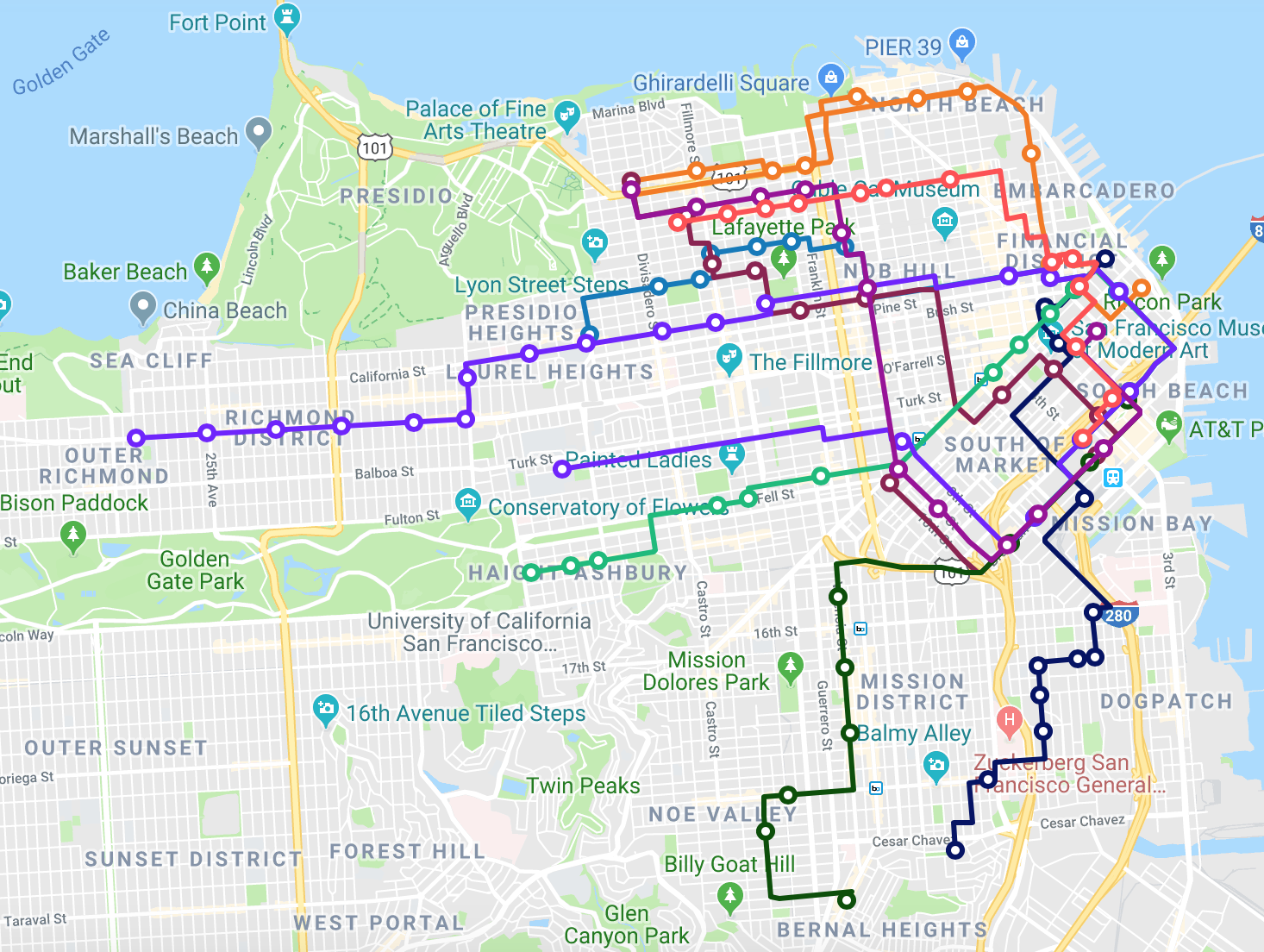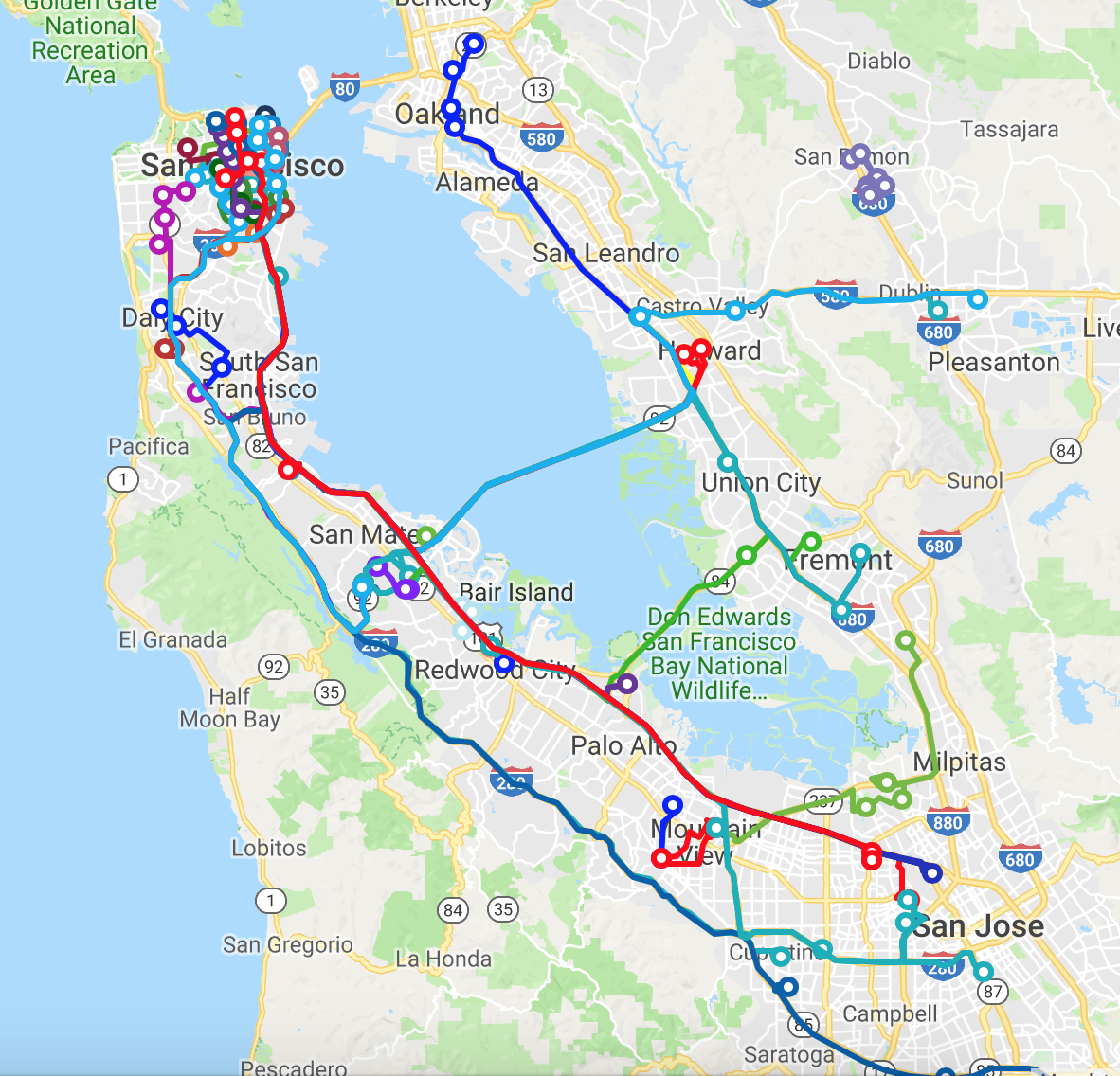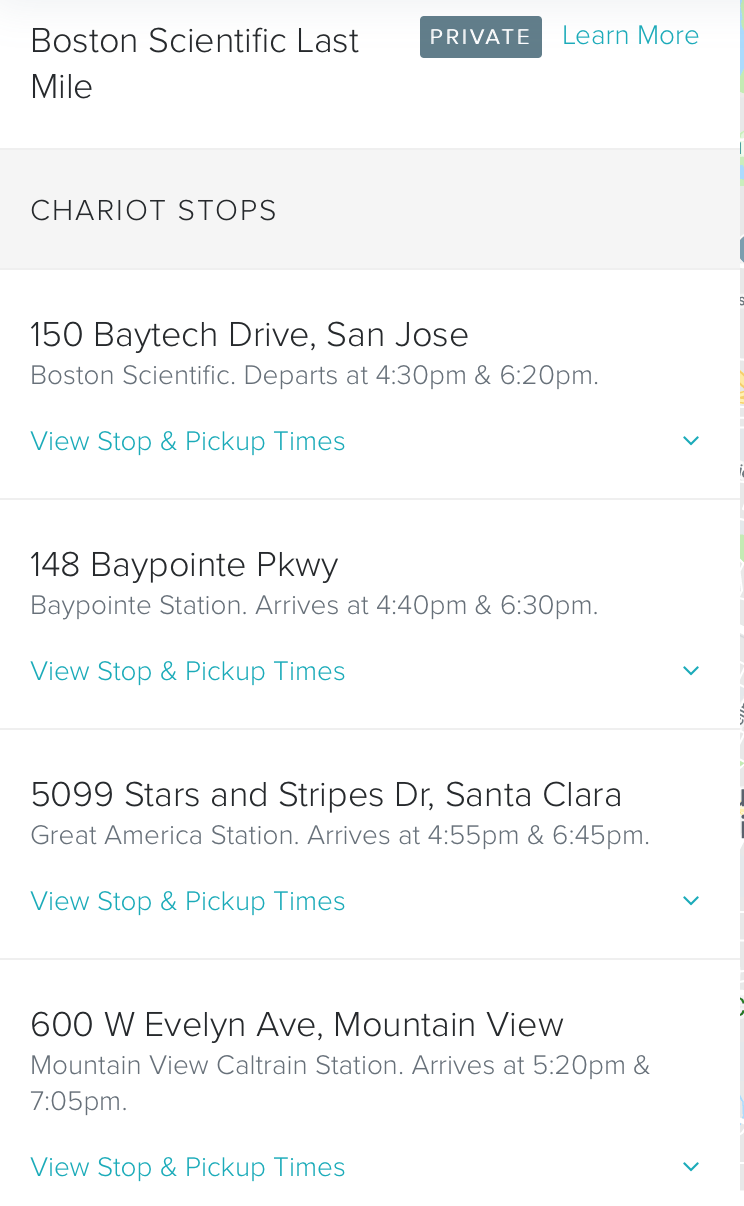If I had a £ for every time someone said ’today’s cars are just smartphones on wheels’ I’d be able to afford that BMW M4 I’ve always been after. On the face of it it’s a reasonable statement to make. Cars today, and actually for the last 5+ years, have embedded SIMs for 3/4G connectivity, they have touch screens, they run apps, and using Apple Car Play or Android Auto looks exactly as your phone does. Below the surface though that statement couldn’t be more wrong, and here’s why.
Safety
One of the foremost considerations with developing cars is safety. Safety of the users (drivers and passengers) and those who may come in to contact with it. If a component in a car fails it can significantly impact the safety, particularly if it’s a safety critical component such as a tyre, airbag or brake. A component failing in a car could cause death. A component failing in a smartphone will cause inconvenience at most.
Lifecycle & Durability
This is probably one of the biggest differences between a car and a smartphone. A smartphone is designed to work as new for perhaps 2 to 3 years and work at all for perhaps 3 to 4 years, certainly less than 5 years. In reality most phones will last less than 3 years before being binned or traded in and then recycled. Cars on the other hand have to work almost as new for at least 5 years and have a full lifecycle spanning 15+ years.
The environment in which they must operate for 15+ years is also extremely challenging. There’s no soft dry pocket for cars (unless you’re rare and have a car garage and actually use it for your car). Cars must operate in the coldest, wettest winter right through to the hottest, driest summers and all on pot hole filled roads. A smartphone does not.
Supportability
Related to their long lifecycle is the need to support models and the hundreds or thousands of components for a huge proportion of the vehicles expected life. Components must also be relatively easy to replace by either the owner or any garage, not just at main dealers. In many countries this is actually a legal requirement. Most smartphones, whilst maybe possible to repair at home are typically not. In fact you typically have to return it to the manufacturer where they’ll probably just give you a new device rather than repair it. Repairing it yourself may also void your warranty.
Complexity
An average modern high-end car has somewhere in the region of 100 million lines of code. The Android Operating System has 12 million line of code. Vehicle manufacturers today are more system designers and integrators than they’ve ever been. According to Toyota the average car has 30,000 components. An average smartphone has roughly 2000. Cars are hugely complex systems where as discussed previously if one were to fail the results could be catastrophic.
Business Environment
We see the smartphone industry now consolidating in to two major operating systems: iOS and Android, with the number of device manufacturers generally moving in to the single digits or low double digits perhaps (at least those manufacturers with any valuable market share). The car market on the other hand remains extremely competitive with hundreds of manufacturers, all with sizeable market share.
Profit margins in the automotive world tend to be extremely low. I heard that on average a Ford dealer makes £200 profit on a brand new Fiesta (not sure I believe that 100% but I suspect it’s pretty low). Ford in Europe hasn’t made a profit for years whilst in the US manufacturers were bailed out by the Government during the last financial crisis.





